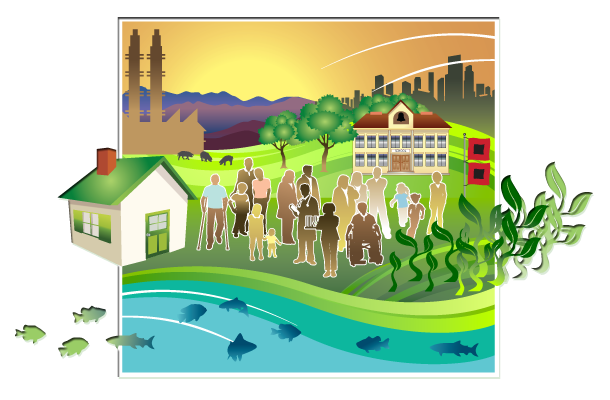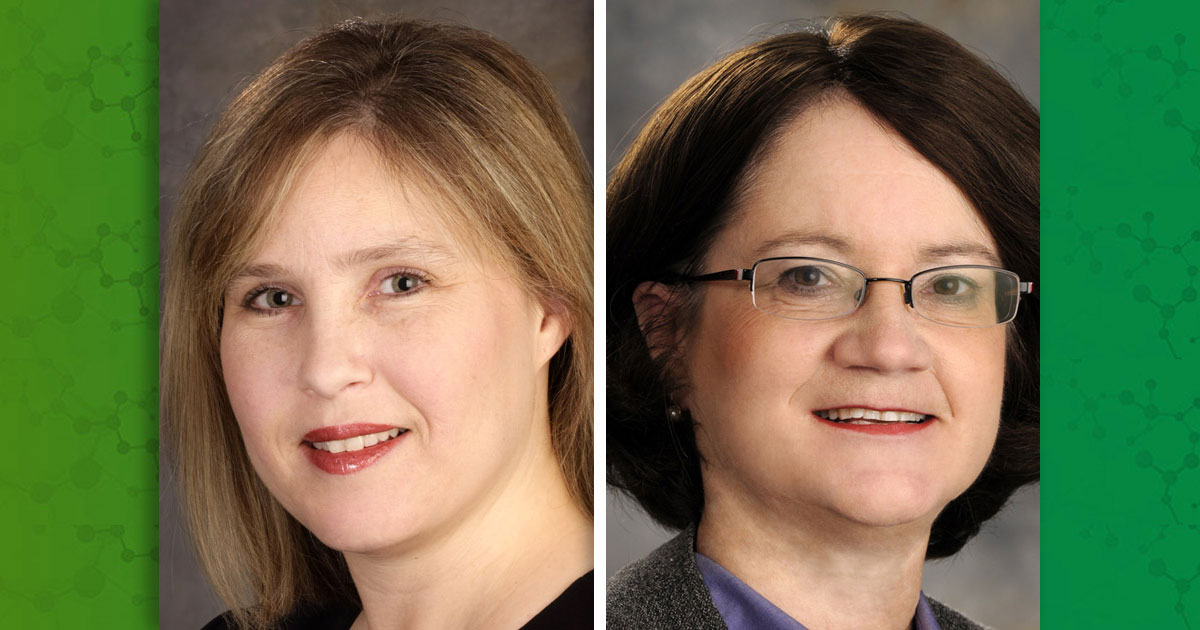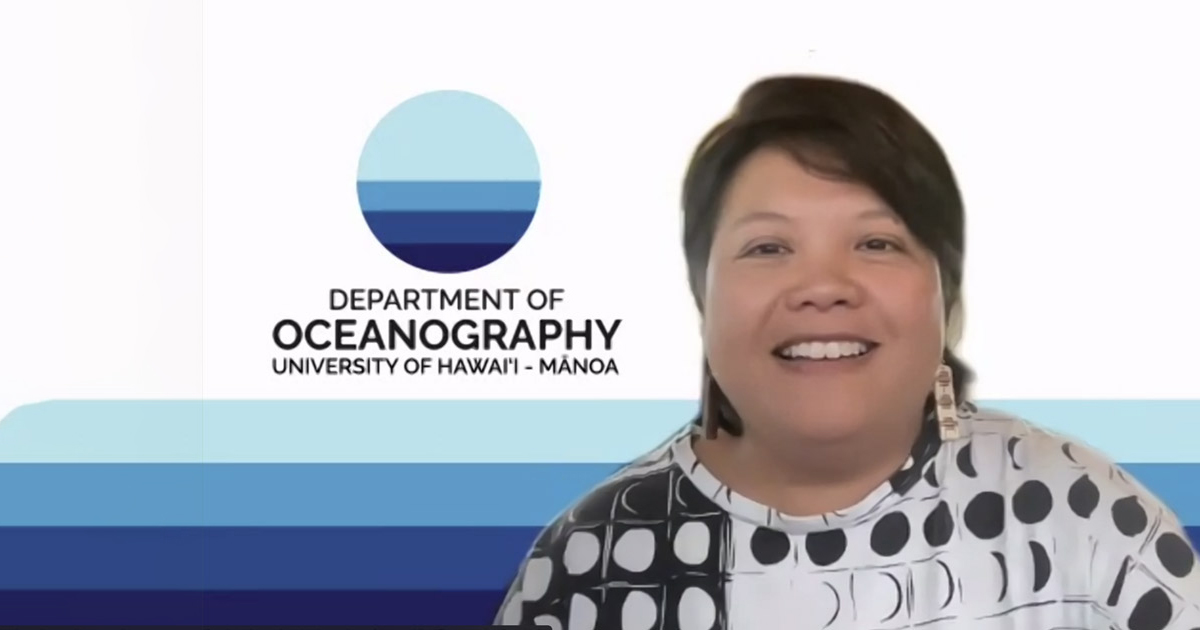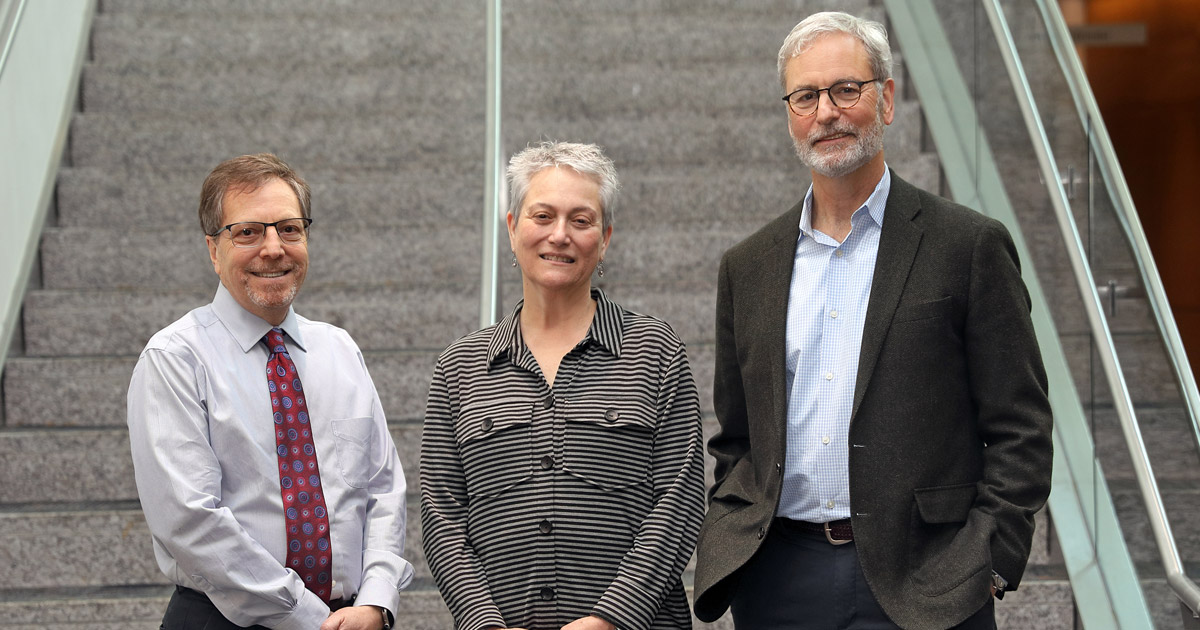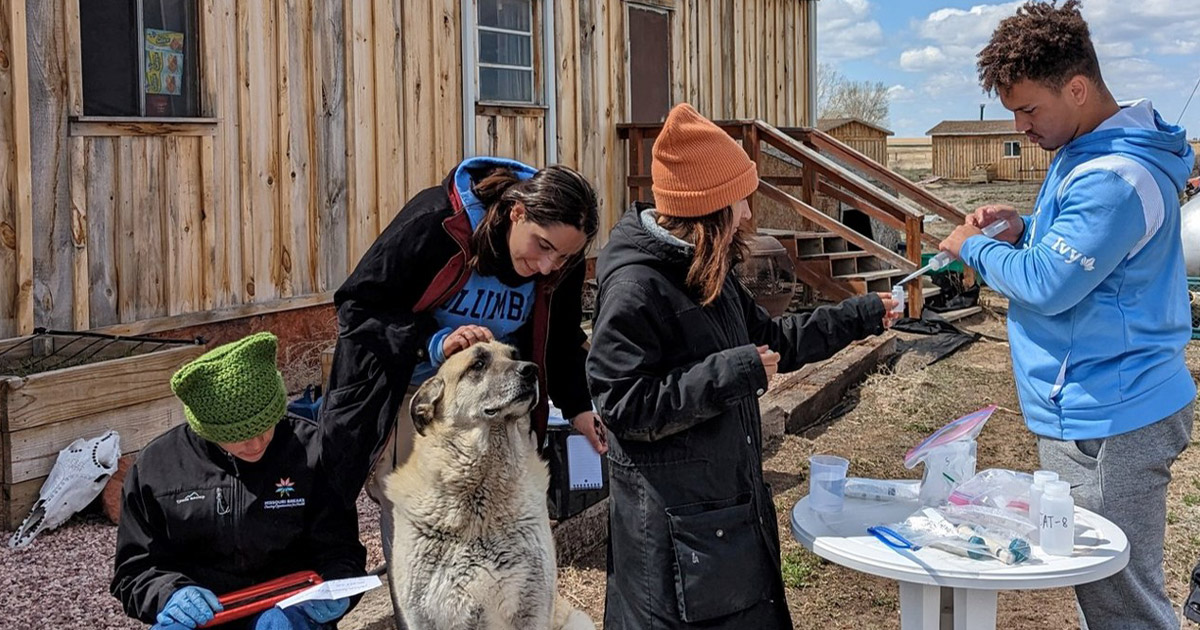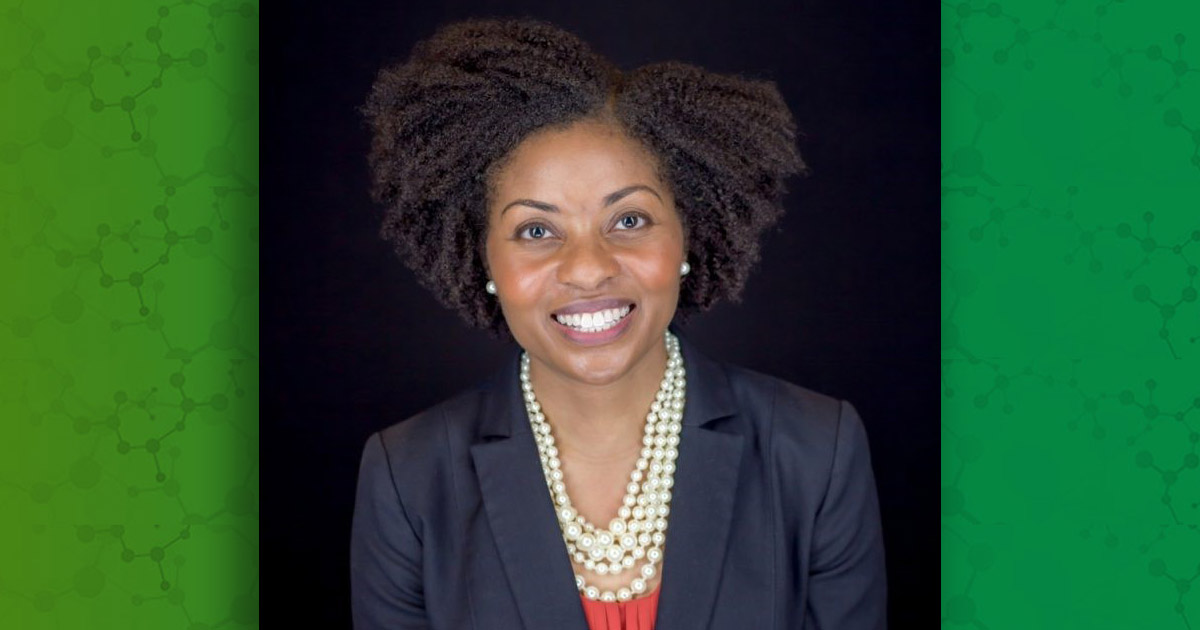Trusted Sources Play a Critical Role in Rural and Tribal Smoke Risk Communication
A team of researchers at the University of Washington interviewed rural and tribal residents of the Okanogan River Airshed Emphasis Area (ORAEA) to determine how to best communicate smoke risk from wildfires and prescribed fires. Residents’ responses underscore the importance of trusted sources from within the local community when communicating risk.
There are currently limited studies on smoke risk communication, and this is the first to study the role of trust in communications about smoke risk in western U.S. rural and tribal communities. The researchers believe their results can support efforts to communicate public health messaging to the ORAEA community and provide lessons for organizations serving other rural and tribal communities at risk of smoke exposure. A December 2022 paper describes this work.
Smoke Risk in the Okanogan River Airshed Emphasis Area
The ORAEA region in central Washington state includes several rural towns and part of the Colville Reservation. The region regularly experiences excess smoke exposure compared to the rest of the state, and the county in which the ORAEA region sits has had 24 fire emergencies since 2000. In addition to wildfires, smoke from prescribed fires, used by the Confederated Tribes of the Colville Reservation in their land stewardship practices to manage wildfire-prone land, impacts the area in the spring and fall.
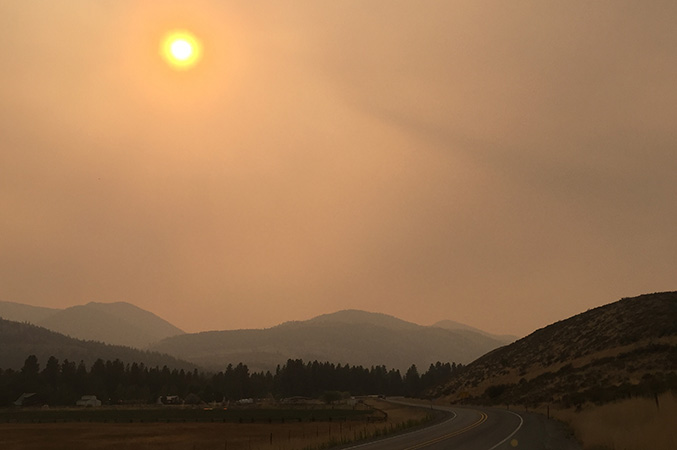
Wildfire smoke in the ORAEA region. (Photo courtesy of Nicole Errett)
Smoke from wildfires and prescribed fires contain compounds such as particulate matter, carbon monoxide, and volatile organic compounds that are known to be harmful to human health. Wildfires are projected to increase in frequency and intensity due to climate change, and the ORAEA region is already experiencing an excess smoke burden. Therefore, the research team was interested in understanding how risk communications could best be delivered to the community so residents may proactively take actions to reduce risk of exposure to smoke, such as using air filters in the home and wearing respirators.
Interviewing the Community
To study the role of trust in smoke risk communication, the researchers conducted individual interviews and focus groups with non-tribal and tribal residents. Focus groups were composed solely of either tribal or non-tribal residents to determine whether there were different results between groups. Researchers conducted 17 individual interviews, two focus groups with non-tribal residents, and four focus groups with tribal residents. Due to low recruitment of tribal members for individual interviews, researchers conducted more tribal focus groups so that tribal voices were equally captured in the study.
Throughout the project, researchers engaged staff members from the Confederated Tribes of the Colville Reservation in all phases of study design, implementation, and interpretation, including the development of interview and focus group outreach plans and as co-authors of the project deliverables. This ensured that the views of those with lived experience in the community were incorporated throughout the study.
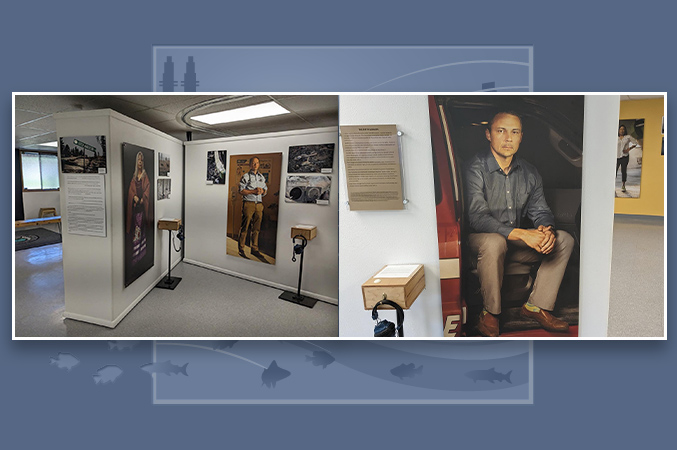
Photos displayed in the Colville Tribal Museum’s Fifth Season exhibit. The exhibit shows photos of the aftermath of fires, community member portraits, and accompanying listening stations at which visitors can listen to community members’ recorded narrative experiences with wildfire smoke (left). A portrait of Cody Desautel, Executive Director of the Colville Tribes, and co-author on the study (right). (Photos courtesy of KeAnna Caston)
“We are grateful to our community partners for their engagement with this study,” stated Leah Wood, MPH, MPA, recent of the University of Washington Department of Global Health and lead author on the publication. “As academic researchers from outside the community, we acknowledge that we may not have been fully trusted by the interviewees, but we believe engagement with our partners helped ensure the questions we used in the interviews created an environment where residents could openly share. We believe this is reflected in our results.”
Residents expressed several key factors that affect how they perceive smoke risk communication:
- Local sources of smoke information are viewed to be most trustworthy.
- Trustworthiness is determined by evaluation of multiple factors, such as credibility, quality of information, and relationship to the source.
- Political ideology has a strong influence on which sources people will trust.
The results show the importance of understanding what makes for a trusted source of public health information. Residents tend to seek information through informal networks such as friends and family and are more likely to look to local agencies for information on wildfires, although some residents expressed the sentiment that agencies can be slow to release wildfire and smoke information. Respondents stated that messages from within the community are seen in a more positive light than messages from outside of it, such as those from state and federal government sources. Responses detailed historical mistrust of state and federal governments and a perceived lack of accountability from these governments to rural and tribal communities. Tribal and non-tribal residents also described the importance of partnerships to build trust.
One tribal respondent stated, “I think that the tribal membership has grown to pretty much appreciate the help that we get from the Environmental Protection Agency and the Department of Ecology and other local agencies when the situation comes up to where they’re more trusting than they used to be because now, we have a place at the table where we can voice our opinions. And there was a time when that didn’t happen. But now, we’ve been asked to participate in a lot of important events that are going on, and so their relationships have grown quite steadily.”
Non-tribal rural residents indicated that mistrust of COVID-19 messaging and perceived overlap with smoke risk communications, such as suggestions to wear masks to avoid health risks from smoke, influence their perception of the message. However, others find they are used to wearing masks and are now more likely to do so to protect from smoke than they were before the COVID-19 pandemic.
“Through our partnership with the Colville Tribes, we were able to advance the state of the science about the role of trust in smoke risk communication, while concurrently providing actionable information that can inform preparedness and response efforts locally,” stated Nicole Errett, Ph.D., assistant professor with the University of Washington Department of Environmental and Occupational Health Sciences and director of the Community Engagement Core at the University of Washington Center for Exposures, Diseases, Genomics and Environment. “This is the true power of community-engaged disaster research.”
The research team continues to work with partners across Washington on smoke-related risk communication research and risk reduction, including with the Colville Tribes, agricultural workers, and community-based organizations. You can read more about a follow-on project addressing farmworker exposure to smoke on the UW Environmental and Occupational Health Sciences Blog, and more about Errett’s work in the April 2021 PEPH newsletter.
AirNow, a One-Stop Source for Air Quality Data, Available As App
AirNow, a partnership of the U.S. Environmental Protection Agency, the National Oceanic and Atmospheric Administration, and other federal, tribal, state, and local air quality agencies, is a one-stop source for air quality data. Users can view information for their local area, as well as information at state, national, and worldwide levels. Data is reported using the U.S. Air Quality Index, a color-coded system that clearly indicates how clean or polluted the air is. Additionally, as wildfires have an increasing effect on human health, AirNow’s Fire and Smoke Map, a collaboration between the U.S. Environmental Protection Agency and the U.S. Forest Service, provides users with actionable information they can use to protect their health. The Fire and Smoke Map incorporates data from low-cost air sensors to cover areas that lack AirNow or U.S. Forest Service monitors. AirNow is also available as an app, allowing users to efficiently check current and future air quality information.
Climate and Health Scholars Begin Appointments With NIH
The members of the first cohort of NIH’s Climate and Health Scholars Program started their appointments with NIH institutes in the spring. The program, part of NIH’s Climate Change and Health Initiative, pairs scientists from outside the U.S. federal government with NIH staff to share knowledge and build NIH’s scientific capacity in areas related to climate change. The program was open for applications in summer 2022, and both U.S. and international scientists from the academic and public sectors were eligible to apply. The scholars have a wide variety of expertise, including on disease-bearing insect ecology; the health effects of climate disasters and how to reduce these health impacts; social and health disparities faced by older adults and people of racial and ethnic minority groups in the context of natural or human-caused disasters; community-based participatory research; and large-scale data analysis. You can read more about two of the scholars, Ferdouz Cochran, Ph.D., who will work with NIEHS on holistic approaches to reducing health impacts of climate change, and Praveen Kumar, Ph.D., who will use his expertise in data analytics and systems science to work with the Fogarty International Center on global challenges at the intersection of climate and health, in the April Global Environmental Health Newsletter.
Interagency Collaboration’s HEAT.gov Offers One-Stop Shop for Heat and Health Information
The National Integrated Heat Health Information System is an interagency collaboration of U.S. federal partners working to build understanding of heat risk and improve communication and decision-making related to heat-related illness and death. The collaboration’s website, HEAT.gov, was launched in 2022 and provides information regarding heat and health, such as information on at-risk groups, how to reduce health risks associated with extreme heat, and how to reduce the impacts of heat on infrastructure. Partners include NIEHS, the Environmental Protection Agency, the National Oceanic and Atmospheric Administration, and the Centers for Disease Control and Prevention, among others. Recent activities by National Integrated Heat Health Information System partners include the Occupational Safety and Health Administration’s Beat the Heat contest, meant to raise awareness of the dangers of heat exposure at workplaces, and the National Oceanic and Atmospheric Administration’s support for mapping heat islands in Rio de Janeiro, Brazil, and Freetown, Sierra Leone.
NIEHS-Funded Researchers Help Shield Chicago Community from Car-Shredding Pollution
Researchers from the NIEHS-funded ChicAgo Center for Health and EnvironmenT (CACHET) helped address concerns from a community in southeast Chicago when a car-shredding company announced plans to move to that area. The community, which was already burdened by environmental pollution, was concerned about the additional pollution that the car-shredding operation might have caused. A local nonprofit focused on environmental justice and sustainable development asked CACHET for technical assistance and consultation. Researchers collected air quality data and provided expertise in support of showing how the move might negatively affect community health. The nonprofit, in partnership with the University of Illinois Chicago School of Public Health and the dean’s office, then wrote a letter to the Chicago Department of Public Health detailing the research and concerns over the move, and the permit needed for the move was ultimately denied. Read more about how the nonprofit and CACHET worked together in an article from the University of Illinois Chicago School of Public Health.
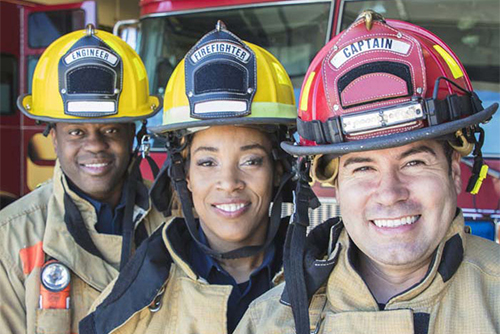
PEPH Environmental Health Chat Podcast Series
Protecting Firefighter Health
PEPH Environmental Health Chat Podcast Series
Protecting Firefighter Health
Firefighters face job-related risks such as exposure to contaminants in smoke that may adversely affect their health. Additionally, firefighters have higher rates of cancer compared to the general U.S. population. In our latest podcast on firefighter health, you’ll hear from Jeff Burgess, M.D., who discusses firefighters’ health risks and best practices to reduce occupational exposure. Burgess researches how to reduce exposure and prevent injuries among firefighters and miners and leads part of the Federal Emergency Management Agency-funded Fire Fighter Cancer Cohort Study.

PEPH Grantee Highlight
Diana Rohlman, Ph.D.
Diana Rohlman, Ph.D., translates environmental health research into community action by creating targeted communications and promoting health literacy. Rohlman is the director of the Community Engagement Core at the Oregon State University (OSU) Environmental Health Sciences Center. She also serves as co-lead at the OSU Superfund Research Program Center. The OSU centers work with Indigenous populations and underrepresented communities to develop research strategies that address resident concerns about environmental contaminants in their own communities. The centers also prioritize reporting back the results of the research in a way that is culturally sensitive and meets the communities’ needs. For example, when Rohlman and her team found that traditional Indigenous practices, such as burning candles, exposed people to polycyclic aromatic hydrocarbons, the researchers developed infographics that described how to reduce exposure while maintaining traditional practices. Rohlman and the OSU teams have found that tailoring information to a specific community and cultural practices increases the likelihood of residents practicing mitigation measures, and thereby reducing exposures.
Funding Opportunites
Emergency Award: RADx-®UP Dissemination and Implementation Research on COVID-19 Testing Interventions among Underserved and Vulnerable Populations (R01 Clinical Trial Optional)
The Rapid Acceleration of Diagnostics – Underserved Populations (RADx-UP) initiative seeks to address COVID-19 morbidity and mortality disparities among underserved and vulnerable populations with disproportionate rates of SARS-CoV-2 and/or undue COVID-19 burden by understanding strategies and interventions to increase testing access, acceptability, and uptake. As testing protocols and requirements have evolved and become less common, this funding opportunity will support dissemination and implementation research on how evidence-based practices, interventions, and policies are effectively translated to and used in real-world settings such as residential care facilities and other congregate settings, clinical settings, schools, rural areas, and remote communities. These new projects will expand the evaluation of the effectiveness of COVID-19 interventions with a focus on sustainability. This is important given that the end of the COVID-19 national emergency and public health emergency declarations on May 11 may affect the implementation of evidence-based COVID-19 testing interventions. The overarching goal is to ensure that successful interventions in the RADx-UP and other programs carry forward to dissemination and implementation.
Deadline: July 10, 2023
SBIR E-Learning for Hazardous Materials (HAZMAT) and Emergency Response (R43/R44 Clinical Trial Not Allowed)
Supports the development of e-Learning health and safety training products from a variety of delivery methods to assist both students and instructors in the training and education process. Note that all products must be directly related to the health and safety training of workers exposed to hazardous materials. NIEHS encourages applicants to review the SBIR E-Learning for HAZMAT Program, to pursue partnerships and collaboration with NIEHS Worker Training Program awardees, and to design new technology-enhanced training methods or e-Learning products that can enhance the existing NIEHS-supported curricula and training programs while adhering to the Minimum Health and Safety Training Criteria: Guidance for Hazardous Waste Operations and Emergency Response (HAZWOPER) and HAZWOPER-Supporting Training.
Deadline: July 14, 2023
Lasker Clinical Research Scholars Program (Si2/R00 Clinical Trial Optional)
The Lasker Clinical Research Scholars program will offer applicants the opportunity to compete for a unique combination of intramural and extramural resources for clinical research. The program will support a small number of exceptional clinical researchers in the early stages of their independent careers to promote their development as fully independent scientists. The program combines a period of research experience as a tenure-track investigator in the Intramural Research Program with additional years of independent financial support, either within the Intramural Research Program or at an extramural research institution. Successful applicants will receive support in two phases: 1) support for scholars in the Intramural Research Program for up to 5 years, with the possibility of an extension for an additional 2 years; and 2) either continued Intramural Research Program support, or up to 3 years of support to continue research as an independent clinician scientist at an extramural institution.
Deadline: June 24, 2022
STrengthening Research Opportunities for NIH Grants (STRONG): Structured Institutional Needs Assessment and Action Plan Development for Resource Limited Institutions (RLIs) (UC2 - Clinical Trial Not Allowed)
The STRONG-RLI program will support research capacity needs assessments by eligible RLIs. The program will also support recipient institutions in using the results of the assessments to develop action plans for how to meet the identified needs. The program’s goal is to increase competitiveness in the biomedical research enterprise and foster institutional environments conducive to research career development. Awards are intended to support RLIs in analyzing their institutional research capacity needs and strengths. RLIs are defined for this funding opportunity as institutions with a mission to serve historically underrepresented populations in biomedical research that award degrees in the health professions or the sciences related to health, in STEM fields including social and behavioral sciences, and have received up to $25 million (total costs) per year of NIH research project grant support for the past three fiscal years.
Deadline: September 18, 2023
Ruth L. Kirschstein National Research Service Award Institutional Research Training Grant (Parent T32)
Supports development of and/or enhances research training opportunities for individuals interested in careers in biomedical, behavioral or social sciences, clinical research, health services research, or in any other research discipline related to the NIH mission. The NIH Ruth L. Kirschstein National Research Service Award (NRSA) program helps ensure a diverse pool of highly trained scientists is available in appropriate scientific disciplines to address the nation's biomedical, behavioral, and clinical research needs. To accomplish this goal, NRSA training programs are designed to train individuals to conduct research and to prepare for research careers. More information about NRSA programs may be found at the Ruth L. Kirschstein NRSA website.
Deadline: September 25, 2023
Limited Competition: Superfund Hazardous Substance Research and Training Program (P42 Clinical Trial Optional)
NIEHS is announcing the continuation of the Superfund Hazardous Substance Research and Training Program, referred to as Superfund Research Program (SRP) centers. SRP center grants will support problem-based, solution-oriented research centers that consist of multiple, integrated projects representing both the biomedical and environmental science and engineering disciplines; as well as cores tasked with administrative (which includes research translation), data management and analysis, community engagement, research experience and training coordination, and research support functions. Collectively, the center's research projects (maximum of six) should represent a range of basic and applied research that contributes to the problem-based, solution-oriented goal of the center. Each center's central problem should be addressed by the contributions of these projects and each project should have the necessary biomedical and/or environmental science and/or engineering expertise to address the central problem.
Deadline: October 2, 2023
Research With Activities Related to Diversity (ReWARD) (R01 Clinical Trial Optional)
ReWARD funding will support research in areas related to the programmatic interests of NIEHS and ongoing diversity, equity, inclusion, and accessibility activities focused on enhancing diversity in the biomedical research enterprise within the U.S. and territories. This funding is intended for individuals with no current NIH research project grant funding at the time of the award. This announcement requires a Plan for Enhancing Diverse Perspectives as part of the application.
Deadlines: June 5, 2023; October 5, 2023; February 5, 2024
Addressing the Impact of Structural Racism and Discrimination on Minority Health and Health Disparities (R01 - Clinical Trial Optional)
Supports intervention research to address the impact of structural racism and discrimination on minority health and health disparities. Research projects must address structural racism and discrimination in one or more NIH-designated populations with health disparities in the U.S. and should address documented disparities in health outcomes. Applications are also expected to provide a conceptual model identifying hypothesized pathways between the structural racism and discrimination and health outcomes. NIEHS is interested in applications that are within scope of its 2018-2023 Strategic Plan, meet the criteria established in this FOA, and focus on intervention research that mitigates or prevents the impacts of environmental exposures on communities due to structural racism and discrimination. Applicants are strongly encouraged to utilize community-engaged research approaches that ensure equity, such as including community partners as part of the research team and having letters of support from community partners. Applications that demonstrate collaborative (i.e., community-academic partnerships) intervention approaches to address the negative health effects of structural racism and discrimination across multiple populations with environmental health disparities will be prioritized.
Deadlines: March 24, 2023; October 10, 2023



